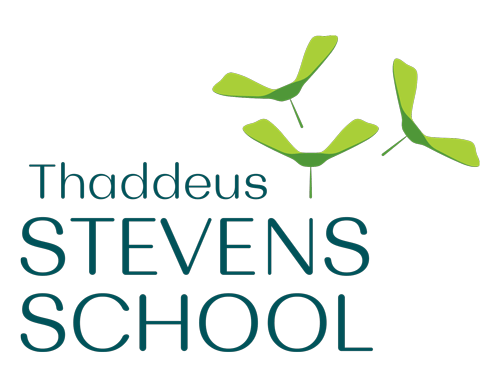Eighth Grade Curriculum
English Language Arts
To accompany the eighth grade study of Global Cultures, students read the literatures of Europe, the Pacific Rim nations, South America, and Africa. Strong reading and writing skills continue to be stressed. Students are taught to write essays in which they present arguments based on primary documents and research. They study grammar in increasingly complex sentences.
Social Studies
Focusing on the emerging nations and newly established governments of the late twentieth century, students analyze the actions and roles of nations guided by deeply held beliefs that may differ considerably from one to another. As students circumnavigate the globe, they view the issues of hunger, homelessness, conflict, migration, and international commerce from the perspective of interdependence and common interests. They gain a global understanding of issues and events through the five geographic themes of location, place, relationships within places, regions, and movement of people, goods, and ideas.
Science
Students focus on the dynamic earth and the processes that formed and changed it over time. They are introduced to geology, earth history, and oceanography. Each week students research current news reports about earth science and write summaries of the events. As a culminating project, students produce a science review book to demonstrate their comprehensive understanding of the major topics taught through all the years of middle school science.
Math
From a strong initial emphasis on working with decimals, fractions, and percentages, eighth graders progress into Algebra I with more complex equalities and inequalities with variables on both sides, and they learn how to apply these understandings to solving problems. Graphing linear and non-linear equations allows students to see how different algebraic operations interact and prepares them for a transition into functions, which are treated rigorously for this level. Discontinuities, domain, range, and one-to-oneness are all covered. Students are challenged to bend space into cylinders and spheres to see how those deformations affect simple graphs.
Art
To complement the year’s Global Studies curriculum, the course examines ancient Egyptian art, Japanese Sumi painting, block printing, linear perspective, classical portrait sculpture, and the portrait from ancient through modern civilizations. Students create their own books of comparative religions using the methods and materials of medieval illumination. Students continue to advance their sketching technique. As with all of our art classes, students learn both the craft of production and the scholarship of art history.



